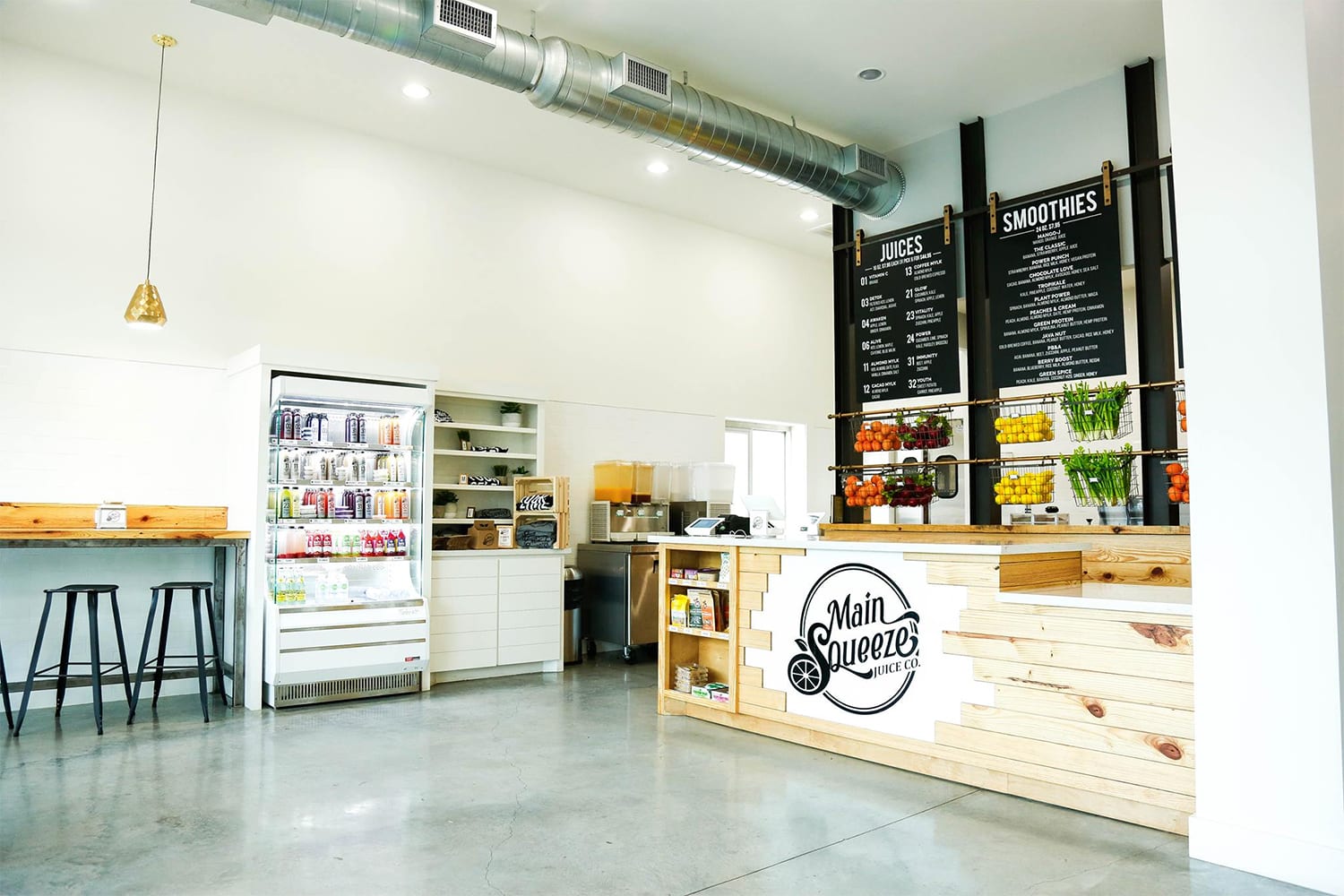

"Why do doctors reject this advice 87 to 90 percent of the time?" he asked.Įven with software that warns physicians about unnecessary care, major barriers to change persist: a medical culture of more is better, doctors fearful of missing something, patients pushing for more. "That could mean, if it's rolled out across the country, billions and billions of dollars of waste."īut that 10% to 13% also gnaws at Weingarten.
#Main squeeze juice full#
"The glass half full is you stick an app in the EHR and you eliminate 10 to 13 percent of low-value care, just like that," Weingarten said. Shots - Health News In Health Care, More Money Is Being Spent On Patients' Social Needs. Weingarten realized even the most sophisticated, well-resourced hospitals and physicians needed help developing new routines and breaking old habits - like knee-jerk ordering a chest X-ray.įewer than 10% of health systems have purchased software tools known as "clinical decision supports." But Weingarten, who co-founded Stanson Health and has since left the company, said an internal analysis found the electronic warnings canceled unnecessary tests only 10% to 13% of the time. Weingarten worked as a physician at Cedars-Sinai Medical Center in Los Angeles for three decades and spent years lobbying hospitals across the U.S. "We pop up an alert just making them aware of the care that they were about to deliver," explained Scott Weingarten. Over that time, about a dozen companies have developed software that health systems can embed in their electronic health records to warn doctors. In 2012, the American Board of Internal Medicine Foundation began urging doctors to reduce low-value care through a communication campaign called Choosing Wisely. Critics of low-value care say there's a mindset that comes from medical training that seeks all the answers, as well as from compassion for patients, some of whom may have asked for the test.Īs health care prices rise, efforts to root out low-value care keep emerging. "It's really driven by the desire to avoid even the slightest risk of missing something potentially life threatening," said Ganguli.

Nearly 9 in 10 physicians said they'd seen a cascade harm a patient, for example, physically or financially.Īnd yet, in that same survey, Ganguli reported that 41% of doctors said they continued with a cascade even though they believed the next test was not important for medical reasons. Ninety-nine percent of doctors reported experiencing one after an incidental finding, according to a survey conducted by Ganguli. Over the past 30 years, doctors and researchers like Ganguli have flagged more than 600 procedures, treatments and services that are unlikely to help patients: Tests like MRIs done early for uncomplicated low back pain, prostate cancer screenings for men over 80 and routine vitamin D tests.Ĭascades of care are common. "A low-value service is a service for which there is little to no benefit in that clinical scenario, and potential for harm," Ganguli said. The most troubling cascades, though, start like Niess' patient's, with an unnecessary test - what Ishani Ganguli, a primary care physician who is an assistant professor of medicine at Harvard University, and other researchers, call "low-value services" or "low-value care." After all, good medicine often requires some sleuthing.
#Main squeeze juice series#
Niess wrote about the case in JAMA Internal Medicine as an example of what researchers call a "cascade of care" - a seemingly unstoppable series of medical tests or procedures.Ĭascades can begin when a test done for a good reason finds something unexpected. Due to scheduling issues, another four months would pass before he finally had the operation.

"This doesn't feel like medicine."Ī second CT scan finally cleared her patient for surgery - eight weeks after he'd come for help.


 0 kommentar(er)
0 kommentar(er)
